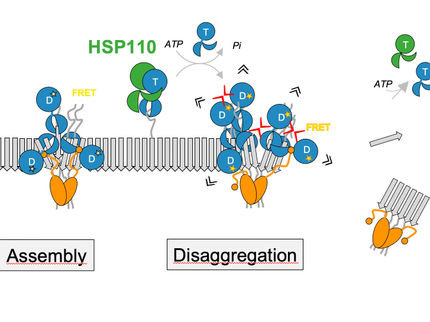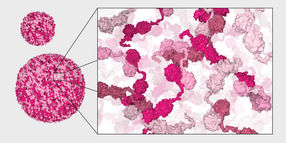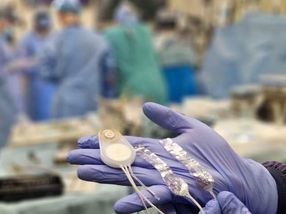New Insights into Protein Folding Inside Cells
Chaperone Complex Captured in Action
Advertisement
How proteins in our cells attain their correct three-dimensional structure is crucial to their function—and to our health. Errors in this process can lead to serious diseases. Researchers at the Center for Medical Biotechnology (ZMB) at the University of Duisburg-Essen, together with national partners, have now deciphered a central mechanism of this essential cellular process. At the core of their findings is the BiP–GRP94 chaperone complex. It plays a key role in protein folding in the endoplasmic reticulum, the cell's production and control center.. The study has just been published in the journal Nature Structural & Molecular Biology.
“Our study is the first to reveal at the structural level how the chaperones BiP and GRP94 work together,” explains Prof. Dr. Doris Hellerschmied (University of Duisburg-Essen), senior author of the publication. “We were able to show that the complex changes step by step and in a coordinated manner as it performs its function. The conformational plasticity of the BiP–GRP94 complex is likely key to its ability to recognize and process a wide variety of protein folding states.”
Using cutting-edge techniques such as high-resolution electron microscopy and biochemical analyses, the researchers visualized several previously unknown conformations of the chaperone complex and decoded their functional significance.
“Our results provide valuable insights into the cell’s molecular machinery,” says Dr. Simon Pöpsel (University of Duisburg-Essen), co-lead author of the study. “In the long term, this knowledge could contribute to the development of new therapeutic approaches for diseases in which protein folding is disrupted—such as certain neurodegenerative disorders.”
Original publication
Joel Cyrille Brenner, Linda Charlotte Zirden, Lana Buzuk, Yasser Almeida-Hernandez, Lea Radzuweit, Joao Diamantino, Farnusch Kaschani, Markus Kaiser, Elsa Sanchez-Garcia, Simon Poepsel, Doris Hellerschmied; "Conformational plasticity of a BiP–GRP94 chaperone complex"; Nature Structural & Molecular Biology, 2025-7-14
Most read news
Original publication
Joel Cyrille Brenner, Linda Charlotte Zirden, Lana Buzuk, Yasser Almeida-Hernandez, Lea Radzuweit, Joao Diamantino, Farnusch Kaschani, Markus Kaiser, Elsa Sanchez-Garcia, Simon Poepsel, Doris Hellerschmied; "Conformational plasticity of a BiP–GRP94 chaperone complex"; Nature Structural & Molecular Biology, 2025-7-14
Topics
Organizations
Other news from the department science

Get the life science industry in your inbox
By submitting this form you agree that LUMITOS AG will send you the newsletter(s) selected above by email. Your data will not be passed on to third parties. Your data will be stored and processed in accordance with our data protection regulations. LUMITOS may contact you by email for the purpose of advertising or market and opinion surveys. You can revoke your consent at any time without giving reasons to LUMITOS AG, Ernst-Augustin-Str. 2, 12489 Berlin, Germany or by e-mail at revoke@lumitos.com with effect for the future. In addition, each email contains a link to unsubscribe from the corresponding newsletter.
Most read news
More news from our other portals
Last viewed contents
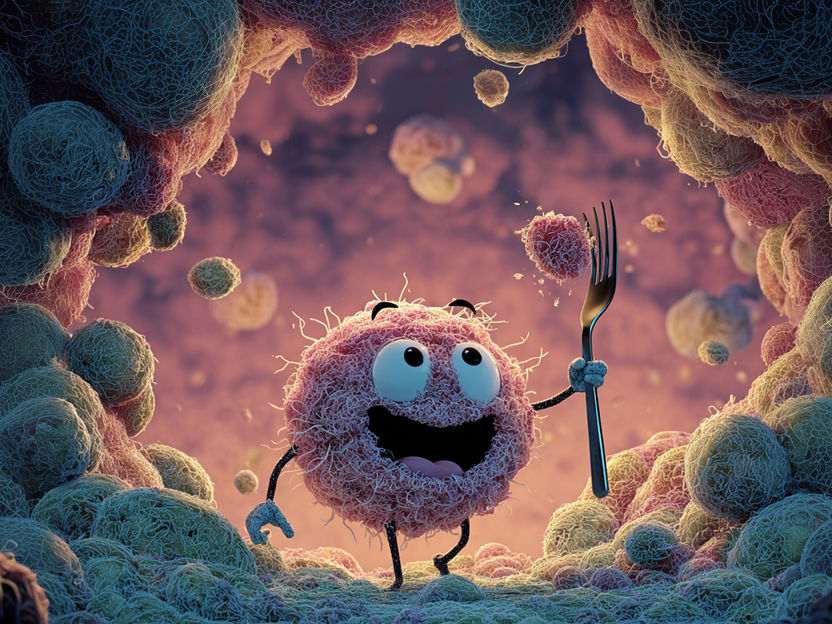
These immune cells eat molecular trash to keep Alzheimer's at bay - A molecular receptor enables microglia to gobble up and digest amyloid beta plaques
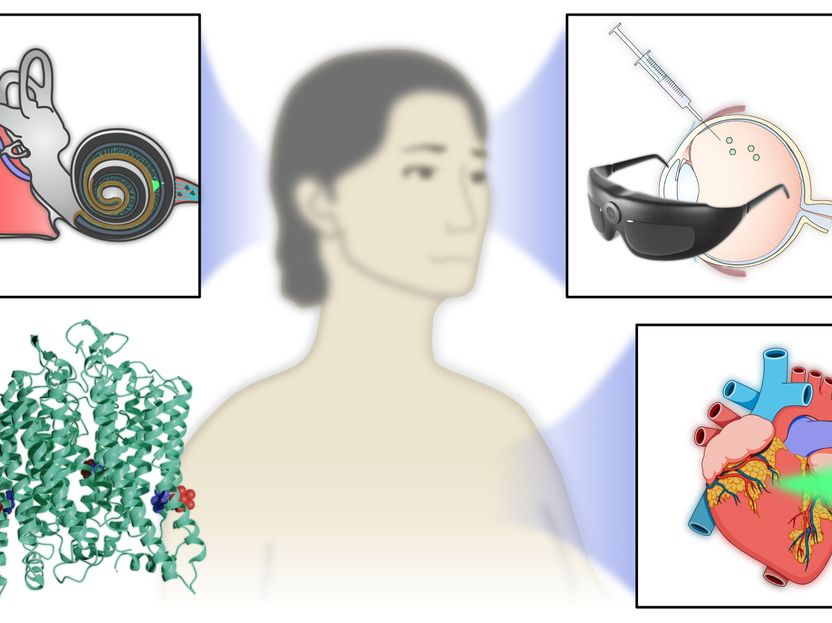
Improved “molecular light switch” promises help for blind, deaf and heart patients - A significant advancement in optogenetics

New method to design custom protein binder - A novel, training-free approach in computational protein binder design unlocks new possibilities in next-generation biomedical applications
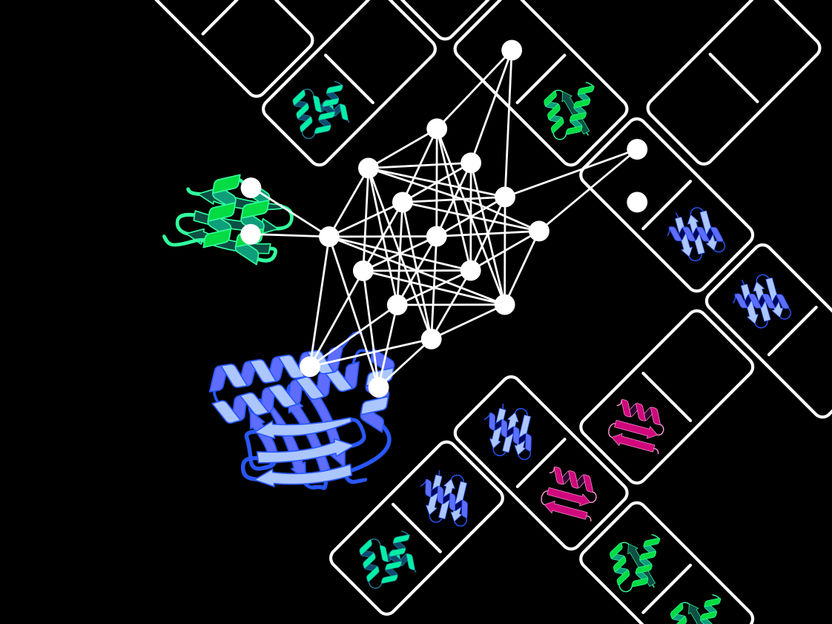
Playing Dominos: How an Artificial Protein Emerges from Fitting Together Individual Components - Open-source tool opens up many different possible applications in biotechnology and medicine

Lost in translation: New vulnerability of the aging brain discovered - International research team discovered that in the aging brain, certain proteins are lost even though their mRNA blueprints remain intact.

Higher ultra processed food intake linked to increased lung cancer risk - “Industrial processing alters the food matrix, affecting nutrient availability and absorption, while also generating harmful contaminants”
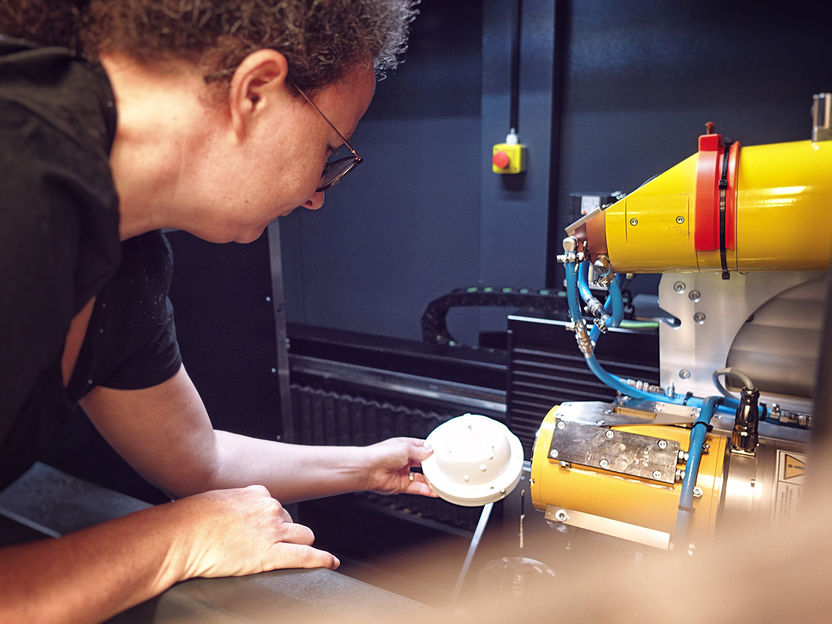
A Less Debilitating Approach to Cancer Diagnosis - New method combines X-ray imaging and radar
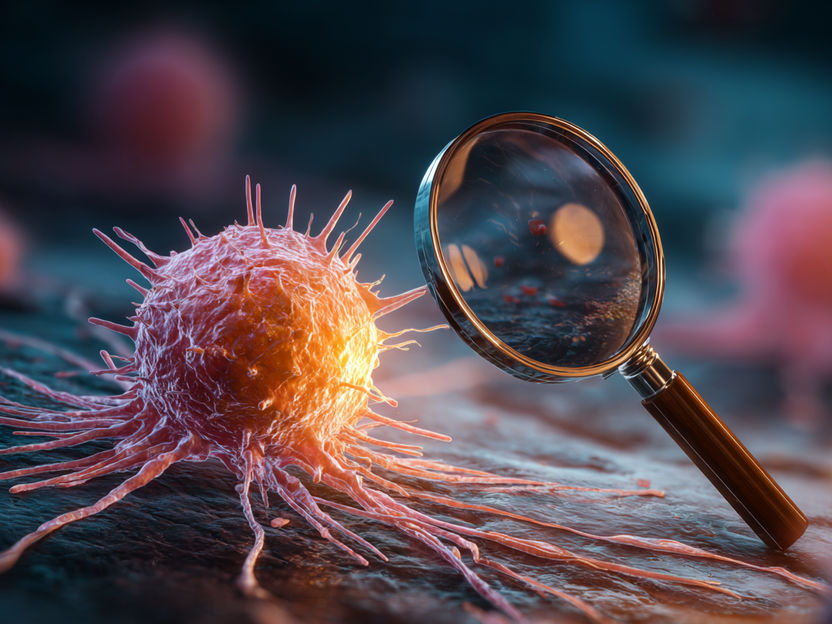
An advanced imaging technique detects cancer with unprecedented precision - New endoscopy technology enables early detection of esophageal cancer

Dana-Farber Cancer Institute unveils groundbreaking blood test for multiple myeloma

Milestone for medical research: New method enables comprehensive identification of omega fatty acids - Researchers at the University of Graz and the University of California, San Diego present an effective method to determine omega positions of lipids in complex biological samples including human tissues and blood
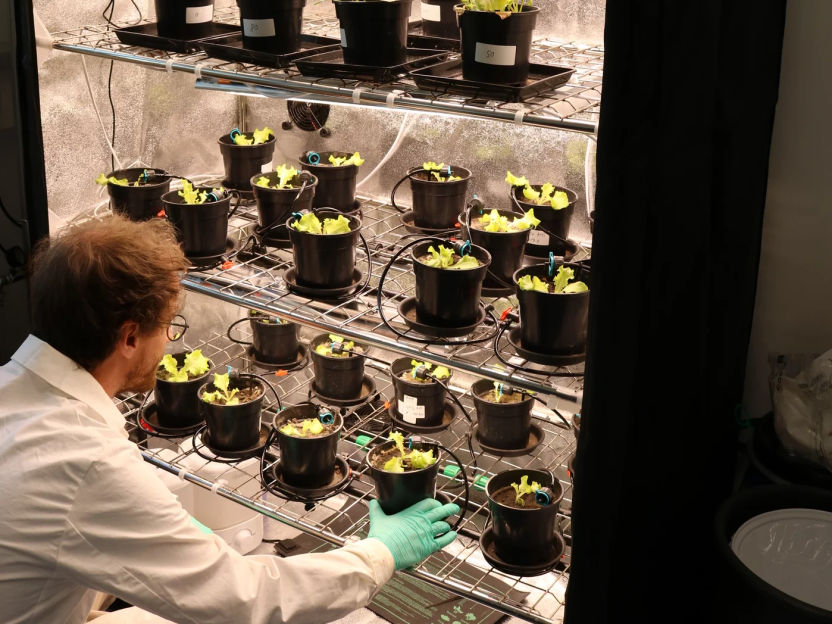
Humify – superfood for the soil - Fighting climate change with green chemistry: The start-up Humify has developed a technology that can reactivate soil as a carbon sink





